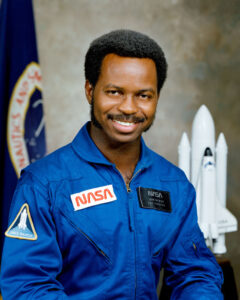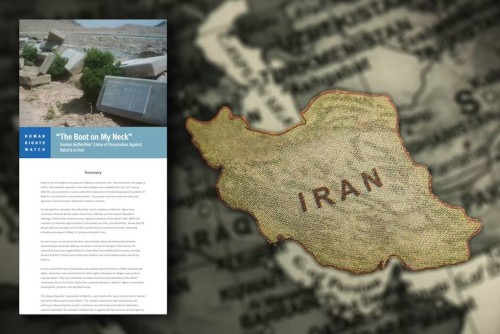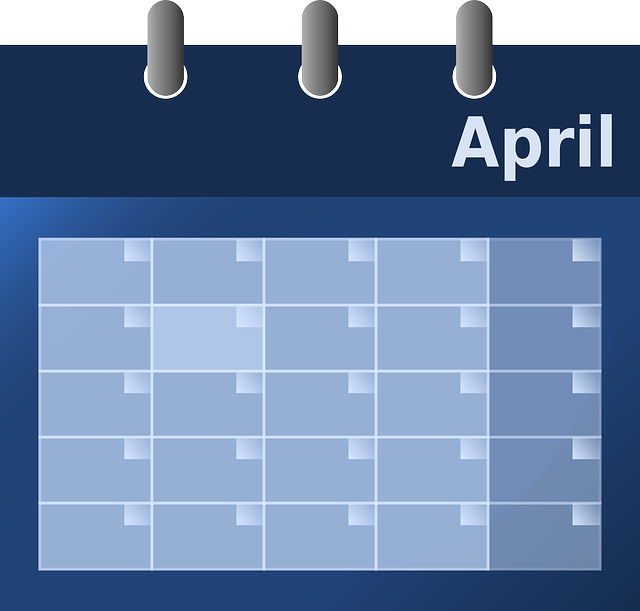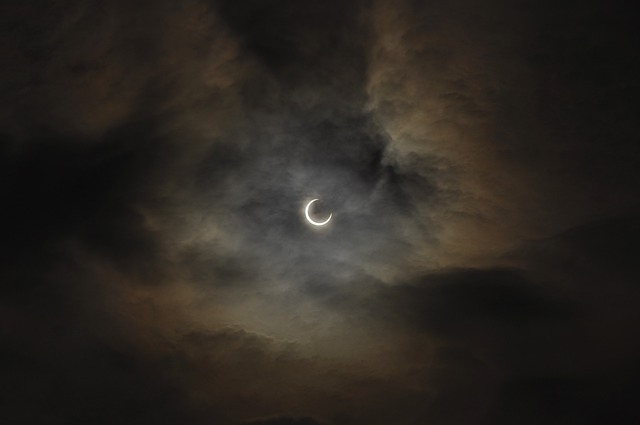
Ronald Erwin McNair (October 21, 1950 – January 28, 1986) was an American NASA astronaut and physicist, and a member of the Bahá’í Faith. He died during the launch of the Space Shuttle Challenger on mission STS-51-L, in which he was serving as one of three mission specialists in a crew of seven.
In 1976, he received a Ph.D. in Physics from the Massachusetts Institute of Technology under the guidance of Michael Feld, becoming nationally recognized for his work in laser physics.
In 1978, McNair was selected as one of thirty-five applicants from a pool of ten thousand for the NASA astronaut program. He flew on STS-41-B aboard Challenger from February 3 to February 11, 1984, as a mission specialist becoming the second African American and the first Bahá’í to fly in space.
Challenger crew members including McNair were: Michael J. Smith, Dick Scobee, Ellison Onizuka, Christa McAuliffe, Gregory Jarvis, and Judith Resnik.
Following this mission, McNair was selected for STS-51-L, which launched on January 28, 1986, and was subsequently killed when Challenger disintegrated nine miles above the Atlantic Ocean just 73 seconds after liftoff.
In 1971, he received a Bachelor of Science degree in Engineering Physics, magna cum laude, from the North Carolina Agricultural and Technical State University in Greensboro, North Carolina.[2]
After graduating from MIT (receiving four honorary doctorates, a score of fellowships, and commendations while achieving a 6th-degree black belt in taekwondo, he became a staff physicist at the Hughes Research Lab in Malibu, California. McNair was a member of the Bahá’í Faith.
Background:
Born October 21, 1950, in Lake City, South Carolina, his parents were Pearl M. and Carl C. McNair. He had two brothers, Carl S. and Eric A. McNair. In the summer of 1959, he refused to leave the segregated Lake City Public Library without being allowed to check out his books. After the police and his mother were called, he was allowed to borrow books from the library, which is now named after him. A children’s book, Ron’s Big Mission, offers a fictionalized account of this event. His brother, Carl S., also wrote the official biography, In the Spirit of Ronald E. McNair—Astronaut: An American Hero.
McNair graduated as valedictorian of Carver High School in 1967.
Music in space:
McNair was an accomplished saxophonist. Before his last fateful space mission, he had worked with the composer Jean-Michel Jarre on a piece of music for Jarre’s then-upcoming album Rendez-Vous. It was intended that he would record his saxophone solo on board the Challenger, which would have made McNair’s solo the first original piece of music to have been recorded in space[6] (although the song “Jingle Bells” had been played on a harmonica during an earlier Gemini 6 spaceflight). However, the recording was never made as the flight ended in disaster and the deaths of its entire crew. The last of the Rendez-Vous pieces, “Last Rendez-Vous”, had the additional name “Ron’s Piece”. Ron McNair was supposed to participate in the concert through a live feed.
McNair was survived by his wife, Cheryl, and two children, Joy Charey McNair (daughter) and Reginald Ervin McNair (son).
Source: Bahaipedia




